Let's learn about K8s via these 105 free stories. They are ordered by most time reading created on HackerNoon. Visit the /Learn Repo to find the most read stories about any technology.
1. Why the AWS, Azure, and GCP CLIs Need to Die
 Why the AWS, Azure, and GCP CLIs need to die
Why the AWS, Azure, and GCP CLIs need to die
2. Kubernetes' Impact on Development
 Kubernetes is the reason containerization has garnered acceptance among enterprises. Whether you like it or not, it has made your life as a developer easy.
Kubernetes is the reason containerization has garnered acceptance among enterprises. Whether you like it or not, it has made your life as a developer easy.
3. Kubernetes Explained Simply: Data Extraction With JSON Path [Part 8]
 kubectl can pull a lot of data about our deployments and pod. Most of the time, we humans are the recipients of that information, and kubectl obliges by nicely formatting things in pretty tables.
kubectl can pull a lot of data about our deployments and pod. Most of the time, we humans are the recipients of that information, and kubectl obliges by nicely formatting things in pretty tables.
4. Installing Configurator Using Helm Charts: Version Controls for Kubernetes ConfigMaps
 This is how to make use of Helm Charts with Configurator, a versioning & sync service for Kubernetes ConfigMaps that can make it easier to use ConfigMaps.
This is how to make use of Helm Charts with Configurator, a versioning & sync service for Kubernetes ConfigMaps that can make it easier to use ConfigMaps.
5. How to Setup Different Environments for Dockerized Angular App with Nginx
 Here I’m going to suggest to you a very simple deployment practice that we can follow in regards to deploy an Angular-based front-end app.
Here I’m going to suggest to you a very simple deployment practice that we can follow in regards to deploy an Angular-based front-end app.
6. How to Automate Kubernetes Deployments with Postman
 Kubernetes is the most widely used container-based orchestration platform today. Learn how to deploy apps with continuous delivery using Postman.
Kubernetes is the most widely used container-based orchestration platform today. Learn how to deploy apps with continuous delivery using Postman.
7. Testkube: K8s Native Testing Tool
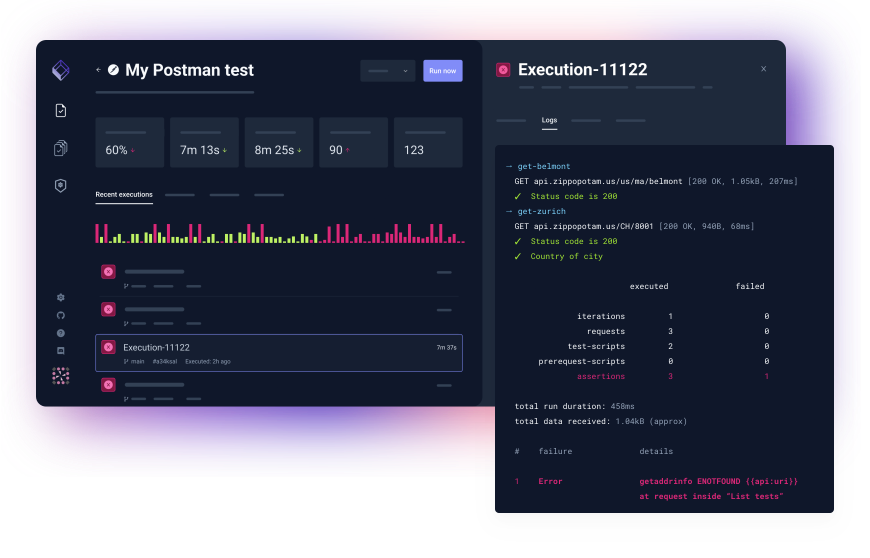 More background information on the Cloud Native Testing Tool, Testkube.
More background information on the Cloud Native Testing Tool, Testkube.
8. Kubernetes Distributed Performance Testing using Locust
 Docker and Kubernetes are powerful tools that can help you in aligning your Machine Learning production cycles with the business operations requirements.
Docker and Kubernetes are powerful tools that can help you in aligning your Machine Learning production cycles with the business operations requirements.
9. Kubernetes Explained Simply: #1 Kubectl Hack

10. Kubernetes Explained Simply: #3 What Do I Have Permissions For?

11. Overcoming Challenges Running the Disaggregated Analytics Stack in K8s
 Alluxio brings back data locality for the disaggregated analytics stack in K8s.
Alluxio brings back data locality for the disaggregated analytics stack in K8s.
12. Increasing Developer Productivity with skaffold
 Primary focus of Developer is to write code. Build, Test and Deploy of the application are better left to be managed by tools. skaffold can help in automating some of mundane tasks that comes with using kubernetes.
Primary focus of Developer is to write code. Build, Test and Deploy of the application are better left to be managed by tools. skaffold can help in automating some of mundane tasks that comes with using kubernetes.
13. 5 Years of K8s: DevOps Before and After Kubernetes

14. Goodbye, Cost-depth Trade Off: Cloud-Native Observability, Redefined
 It turns out that, by rethinking the fundamentals of your approach to monitoring, you can have it all
It turns out that, by rethinking the fundamentals of your approach to monitoring, you can have it all
15. How to install Devtron over k3s
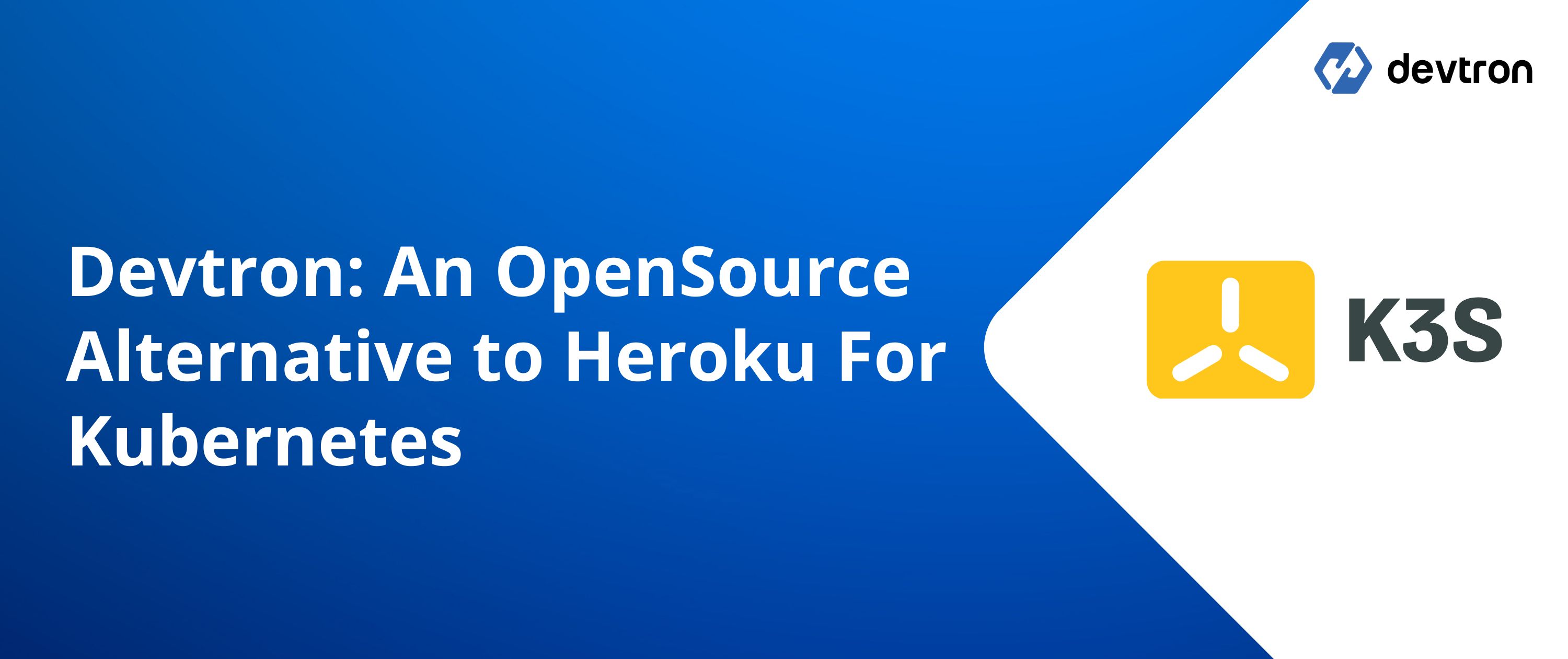 Installing Devtron - An opensource Heroku-like platform over k3s - lightweight kubernetes. Devtron is an end-to-end software delivery workflow for Kubernetes
Installing Devtron - An opensource Heroku-like platform over k3s - lightweight kubernetes. Devtron is an end-to-end software delivery workflow for Kubernetes
16. An Essential Guide to Kubernetes Observability Challenges with Pixie
 Debugging on K8s is hard
The main reason that makes Kubernetes observability so difficult is the volatile and dynamic nature of workloads and resources.
Debugging on K8s is hard
The main reason that makes Kubernetes observability so difficult is the volatile and dynamic nature of workloads and resources.
17. Kubernetes Day-2 Operations, Part I
 Kubernetes is the de-facto standard for container clustering and orchestration. Its adoption is soaring in cloud-native applications.
Kubernetes is the de-facto standard for container clustering and orchestration. Its adoption is soaring in cloud-native applications.
18. Step-By-Step Tutorial To Deploy A Node.js App To Kubernetes
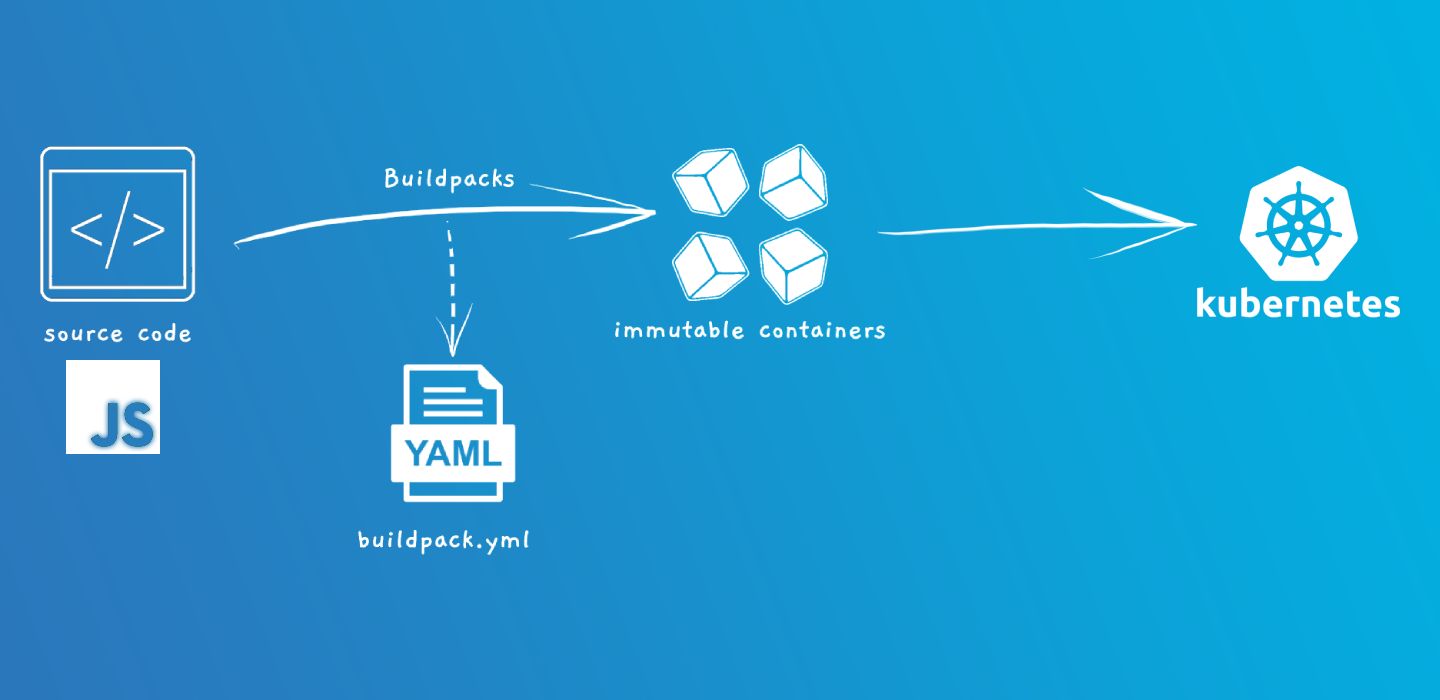 The Cloud Foundry project cf-for-k8s, along with a Cloud Native Buildpacks implementation called Paketo Buildpacks, can provide a path for JavaScript applicatio
The Cloud Foundry project cf-for-k8s, along with a Cloud Native Buildpacks implementation called Paketo Buildpacks, can provide a path for JavaScript applicatio
19. Connecting Dots: Go, Docker and k8s [Part 2]
 Nowadays, the successful application often consists of containers and some sort of container management system to ease scaling, reduce downtime, and more.
Nowadays, the successful application often consists of containers and some sort of container management system to ease scaling, reduce downtime, and more.
20. How To NOT pass the Certified Kubernetes Administrator Exam

21. Kubernetes Secrets and ConfigMaps
 In this article we will discuss about the applications of Kubernetes ConfigMaps and Secrets.
In this article we will discuss about the applications of Kubernetes ConfigMaps and Secrets.
22. An Intro to Continuous Profiling in Kubernetes via Pyroscope
 Let's look into continuous profiling in K8s clusters & dive deep into how you can monitor CPU usage with Pyroscope to identify performance bottlenecks
Let's look into continuous profiling in K8s clusters & dive deep into how you can monitor CPU usage with Pyroscope to identify performance bottlenecks
23. A Guide to Taints and Tolerations, Node Affinity and Node Selector
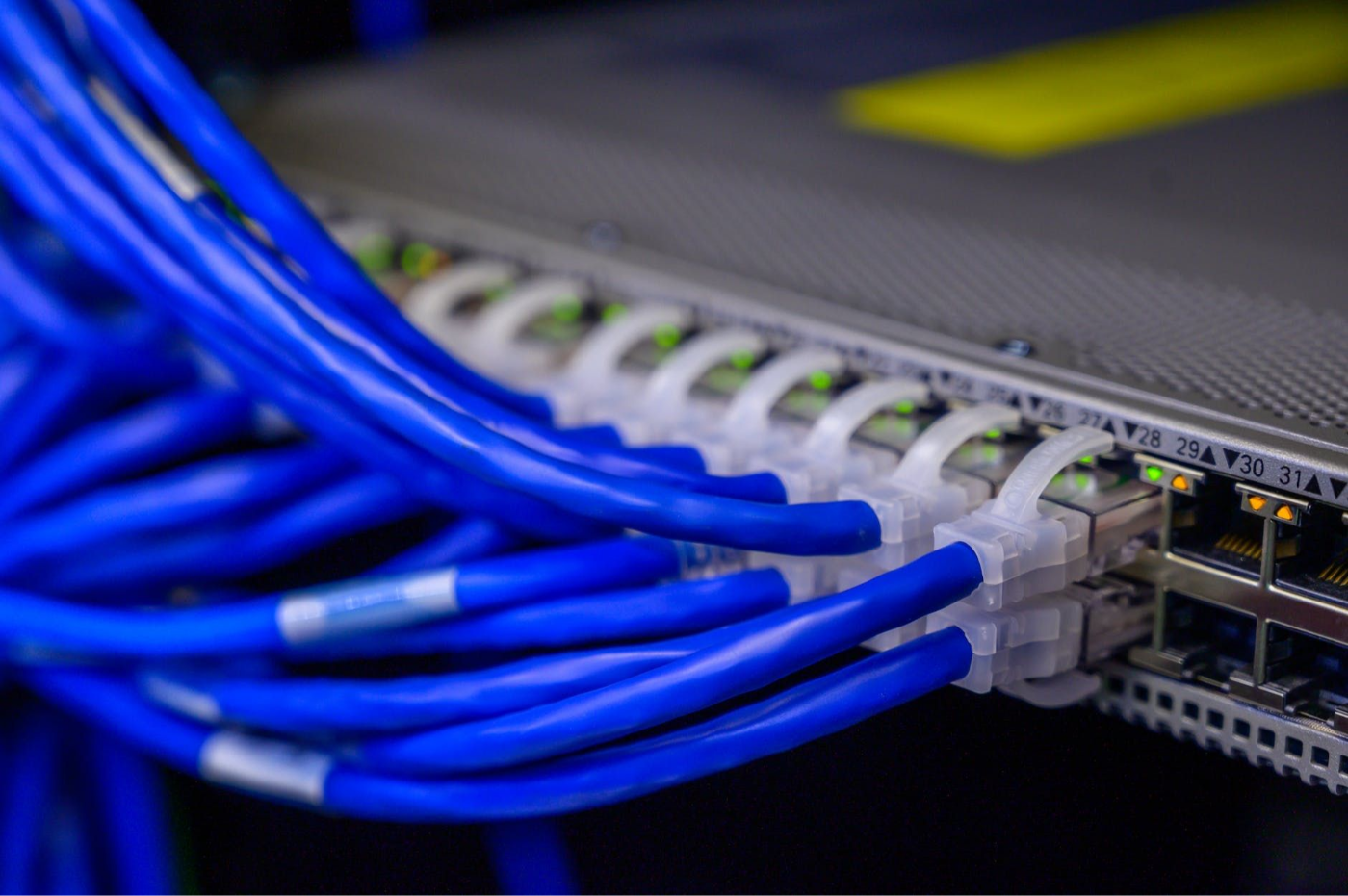 Taint and affinity in Kubernetes are two mechanisms that allow users to specify how pods should be scheduled on nodes in a cluster.
Taint and affinity in Kubernetes are two mechanisms that allow users to specify how pods should be scheduled on nodes in a cluster.
24. I Thought I Had Observability - My Short DNS Story
 DNS Kubernetes improvements, How to change ndots option default value of dns in Kubernetes. DNS k8s best practices.
DNS Kubernetes improvements, How to change ndots option default value of dns in Kubernetes. DNS k8s best practices.
25. How The NSA Says You Should Secure Kubernetes
 Security has become a primary consideration for any technological solution. Here are the NSA's recommendations for securing Kubernetes against hackers.
Security has become a primary consideration for any technological solution. Here are the NSA's recommendations for securing Kubernetes against hackers.
26. Unleashing the Power of Kubernetes 1.26 Using the New ValidatingAdmissionPolicy Feature
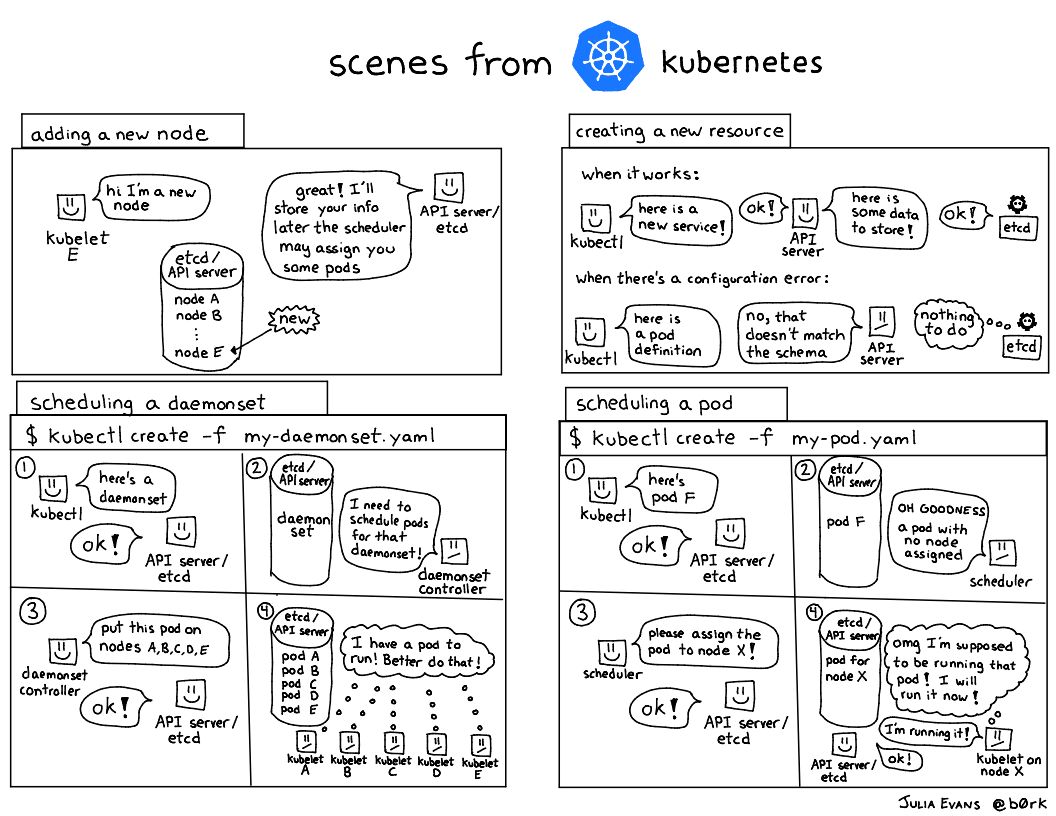 The Kubernetes crew just dropped the latest version, k8s 1.26 a few days ago, and it’s packed with some seriously cool new features.
The Kubernetes crew just dropped the latest version, k8s 1.26 a few days ago, and it’s packed with some seriously cool new features.
27. Kubernetes Explained Simply: Data Extraction With JSON Path [Part 8]
 kubectl can pull a lot of data about our deployments and pod. Most of the time, we humans are the recipients of that information, and kubectl obliges by nicely formatting things in pretty tables.
kubectl can pull a lot of data about our deployments and pod. Most of the time, we humans are the recipients of that information, and kubectl obliges by nicely formatting things in pretty tables.
28. Potential Use Cases of AI in Kubernetes
 See how AI is helping shape the Kubernetes industry and optimize clusters for the future.
See how AI is helping shape the Kubernetes industry and optimize clusters for the future.
29. Setting Up Kubernetes Role Based Access Control
 Kubernetes(K8s) role-based access control is a powerful tool in restricting access to resources within a Kubernetes cluster.
Kubernetes(K8s) role-based access control is a powerful tool in restricting access to resources within a Kubernetes cluster.
30. We're The DevOps Workflow You Were Promised
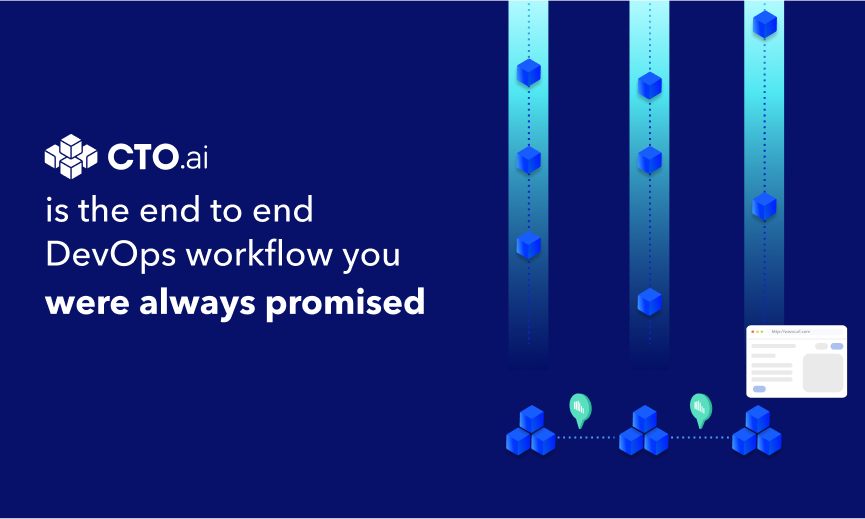 host a monolith or microservice-based application; enterprises can layer the platform into their own private cloud cluster on kubernetes
host a monolith or microservice-based application; enterprises can layer the platform into their own private cloud cluster on kubernetes
31. Open-Source Testing Mechanism for Kubernetes Applications
 Without a doubt, Kubernetes is one of the top players in the container orchestration platforms game.
Without a doubt, Kubernetes is one of the top players in the container orchestration platforms game.
32. Navigate Your Way to Production Bliss with Caretta
 The easiest way to map our cluster: Caretta - a standalone OSS tool, leveraging eBPF technology to be lightweight and frictionless
The easiest way to map our cluster: Caretta - a standalone OSS tool, leveraging eBPF technology to be lightweight and frictionless
33. What Are The Common Kubernetes Security Vulnerabilities
 Kubernetes has become the de-facto standard for managing containerized applications. However, this usage also led to an increased attack surface for K8s.
Kubernetes has become the de-facto standard for managing containerized applications. However, this usage also led to an increased attack surface for K8s.
34. Kubernetes Explained Simply: Cleaning Up After Yourself [Part 10]
 If there's one thing that Kubernetes makes easy, it's creating resources – pods, deployments, volumes – before long you'll have tons of them lying around.
If there's one thing that Kubernetes makes easy, it's creating resources – pods, deployments, volumes – before long you'll have tons of them lying around.
35. Should You Learn Kubernetes in 2022
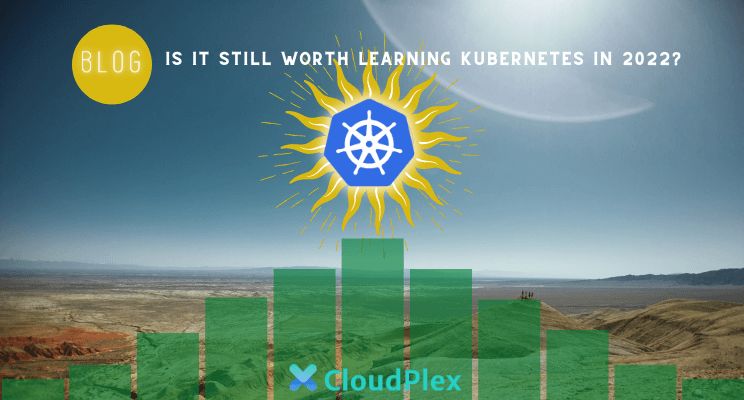 With the increasing popularity of containerized applications, the container orchestration platform Kubernetes has become a must in the toolset of a developer.
With the increasing popularity of containerized applications, the container orchestration platform Kubernetes has become a must in the toolset of a developer.
36. Amazon Elastic Kubernetes Service (EKS) vs. Azure Kubernetes Service (AKS), A Comparison
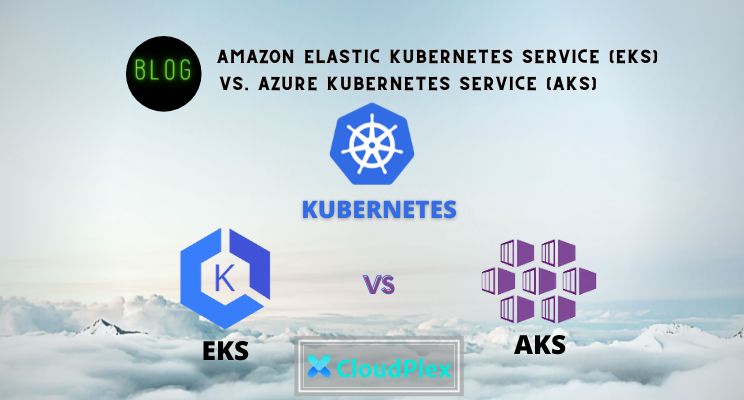 Managed Kubernetes is experiencing massive growth in adoption and many organizations are moving their self-managed Kubernetes clusters.
Managed Kubernetes is experiencing massive growth in adoption and many organizations are moving their self-managed Kubernetes clusters.
37. Kubernetes Explained Simply: Waiting For Kubernetes [Part 5]
 When you deploy stuff for a living, you find yourself waiting around, a lot. Wait for Terraform to spin up the AWS VPCs. Wait for the Kubernetes cluster node VMs to boot. Wait for the Kubernetes cluster to coalesce. Wait for the CNI pods, DNS pods, and kube-proxy bits to be happy. Wait, wait, wait.
When you deploy stuff for a living, you find yourself waiting around, a lot. Wait for Terraform to spin up the AWS VPCs. Wait for the Kubernetes cluster node VMs to boot. Wait for the Kubernetes cluster to coalesce. Wait for the CNI pods, DNS pods, and kube-proxy bits to be happy. Wait, wait, wait.
38. Kubernetes Explained Simply: Getting At Those Logs [Part 4]
 UNIX/Linux system administrators the world over regularly use log files to get to the bottom of outages and malfunctions. An indispensable tool in that regard is tail(1), particularly its follow mode flag (-f). When we're in a Kubernetes world, we'd love to use something similar.
UNIX/Linux system administrators the world over regularly use log files to get to the bottom of outages and malfunctions. An indispensable tool in that regard is tail(1), particularly its follow mode flag (-f). When we're in a Kubernetes world, we'd love to use something similar.
39. Understanding and Extending Kubernetes with Custom Resource Definitions API

40. How to Harden K8S: Based On the Recent Updated NSA's Kubernetes Hardening Guide
 Recently, NSA updated the Kubernetes Hardening Guide, and thus I would like to share these great resources with you and other best practices on K8S security.
Recently, NSA updated the Kubernetes Hardening Guide, and thus I would like to share these great resources with you and other best practices on K8S security.
41. Checklist for Upgrading an EKS Kubernetes Cluster without Downtime
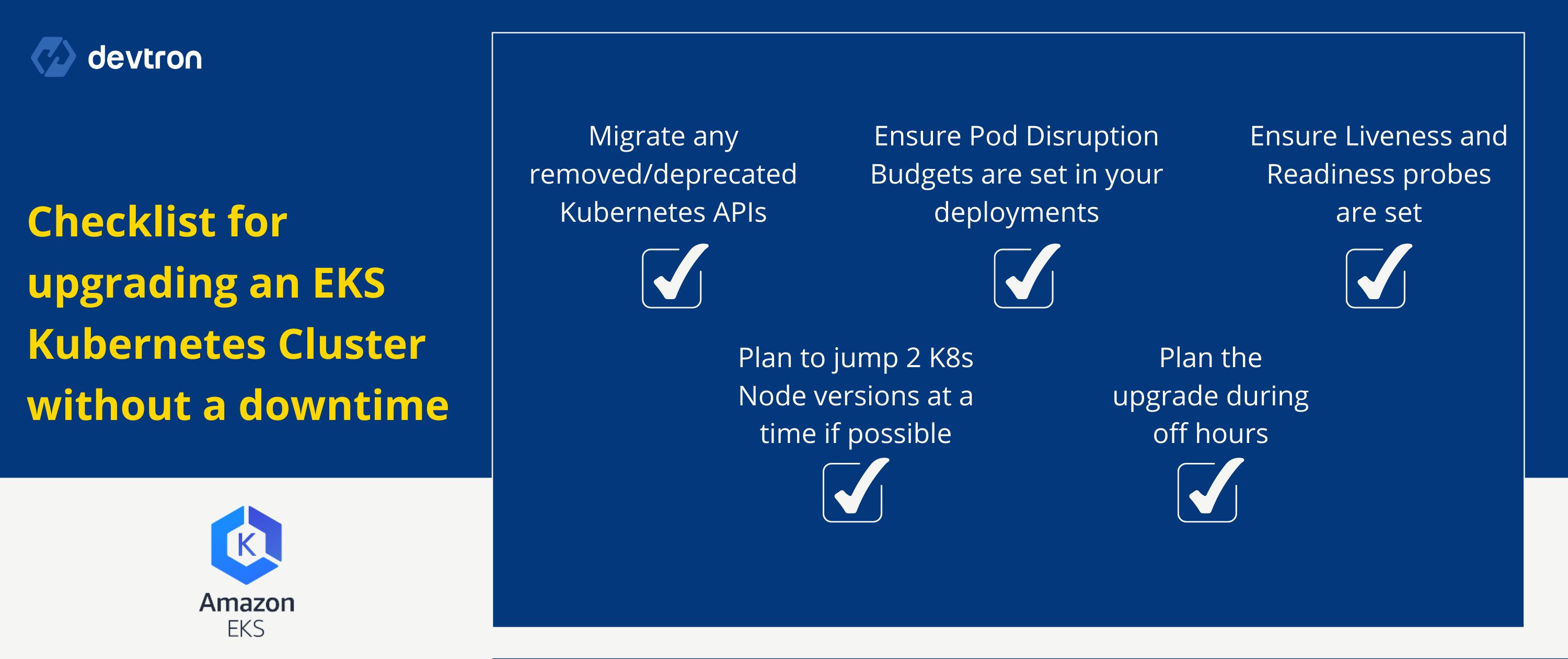 A helpful checklist for upgrading Amazon EKS.
A helpful checklist for upgrading Amazon EKS.
42. Write Your Own Kubernetes Sub-Command [Part 9]
 You write a great script for interacting with Kubernetes. It would be great if you could pretend that your script was officially part of the kubectl repertoire.
You write a great script for interacting with Kubernetes. It would be great if you could pretend that your script was officially part of the kubectl repertoire.
43. How to Use KEDA and Prometheus to Scale your Kubernetes Workloads
 Learn how to scale your kubernetes deployments with keda and prometheus
Learn how to scale your kubernetes deployments with keda and prometheus
44. GitHub Pages is a Great Way to Host a Server
 Hosting serverless applications outside of cloud on a home server.
Hosting serverless applications outside of cloud on a home server.
45. SQL Server container in Azure Kubernetes Services (AKS)

46. Kubernetes vs Docker: Differences Explained
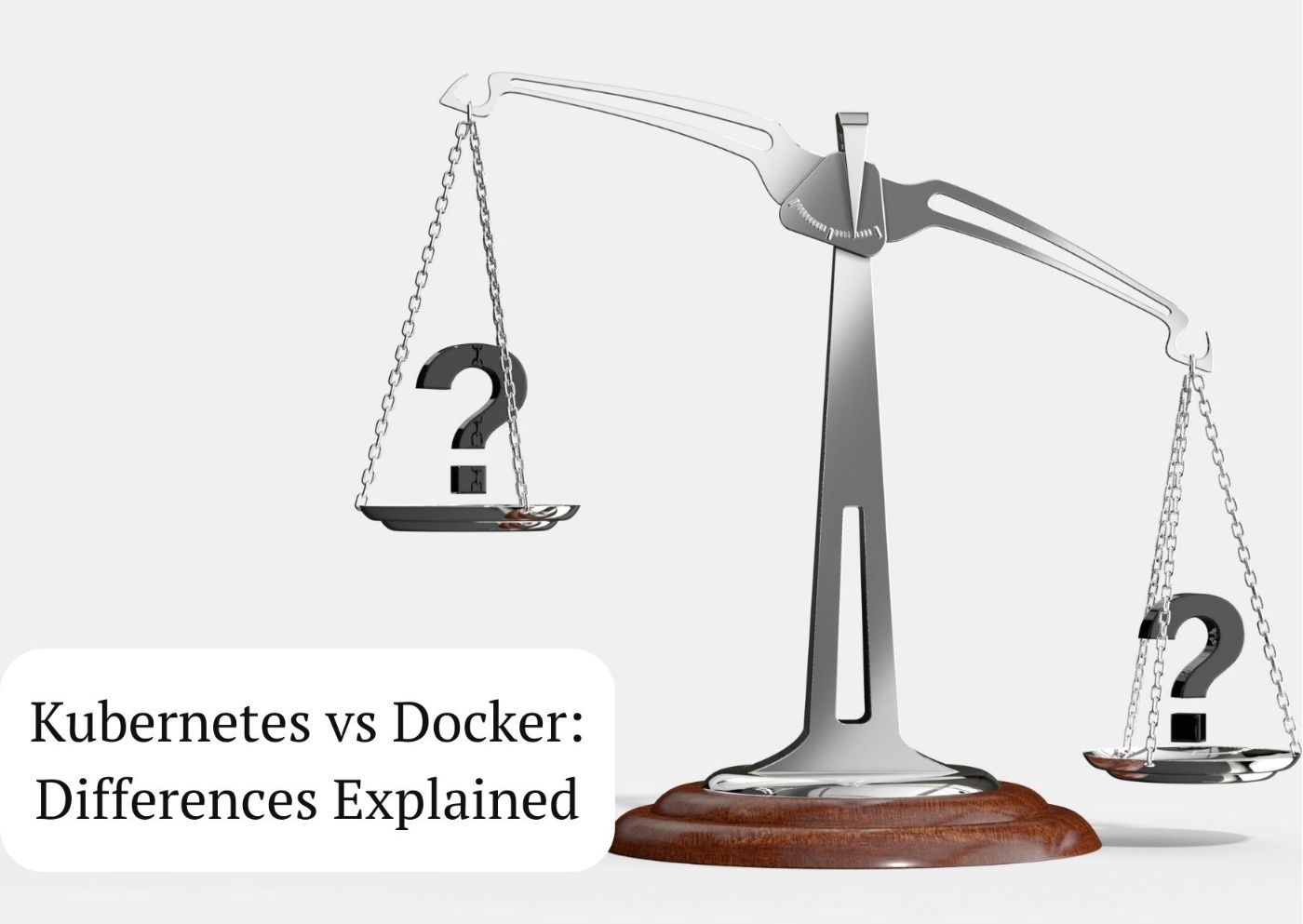 Learn about Docker and Kubernetes container solutions, and discover the differences between Kubernetes and Docker to choose the one that best suits your needs.
Learn about Docker and Kubernetes container solutions, and discover the differences between Kubernetes and Docker to choose the one that best suits your needs.
47. My Experience with Integration Testing
 "I have to use the test environment for a integration test project at 2-3 pm, please don't publish during that time!"
"I have to use the test environment for a integration test project at 2-3 pm, please don't publish during that time!"
48. Exploring an Open Source Toolkit for Debugging Kubernetes - KoolKits
 A new open source approach for debugging live applications - right from inside your IDE or terminal window, and without stopping the live application.
A new open source approach for debugging live applications - right from inside your IDE or terminal window, and without stopping the live application.
49. Beginner's Guide To Telepresence: Develop Your K8s Application Locally
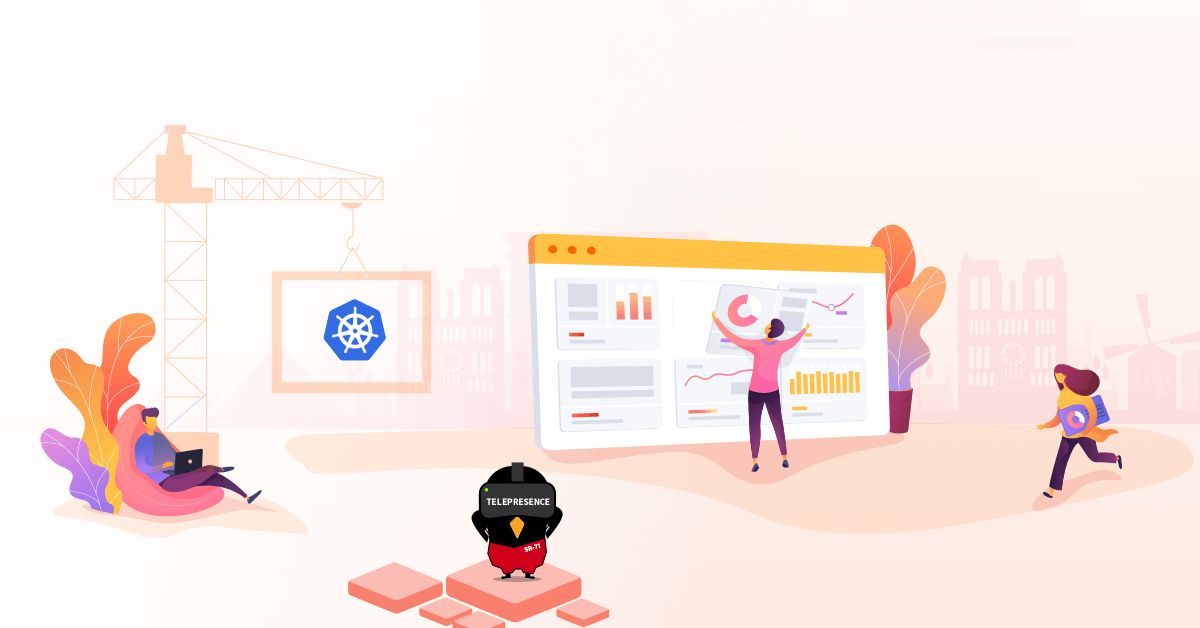 This post explains how Telepresence can be used to improve the developer experience for apps being developed for Kubernetes and includes a demo.
This post explains how Telepresence can be used to improve the developer experience for apps being developed for Kubernetes and includes a demo.
50. How to install Devtron Over MiniKube Cluster
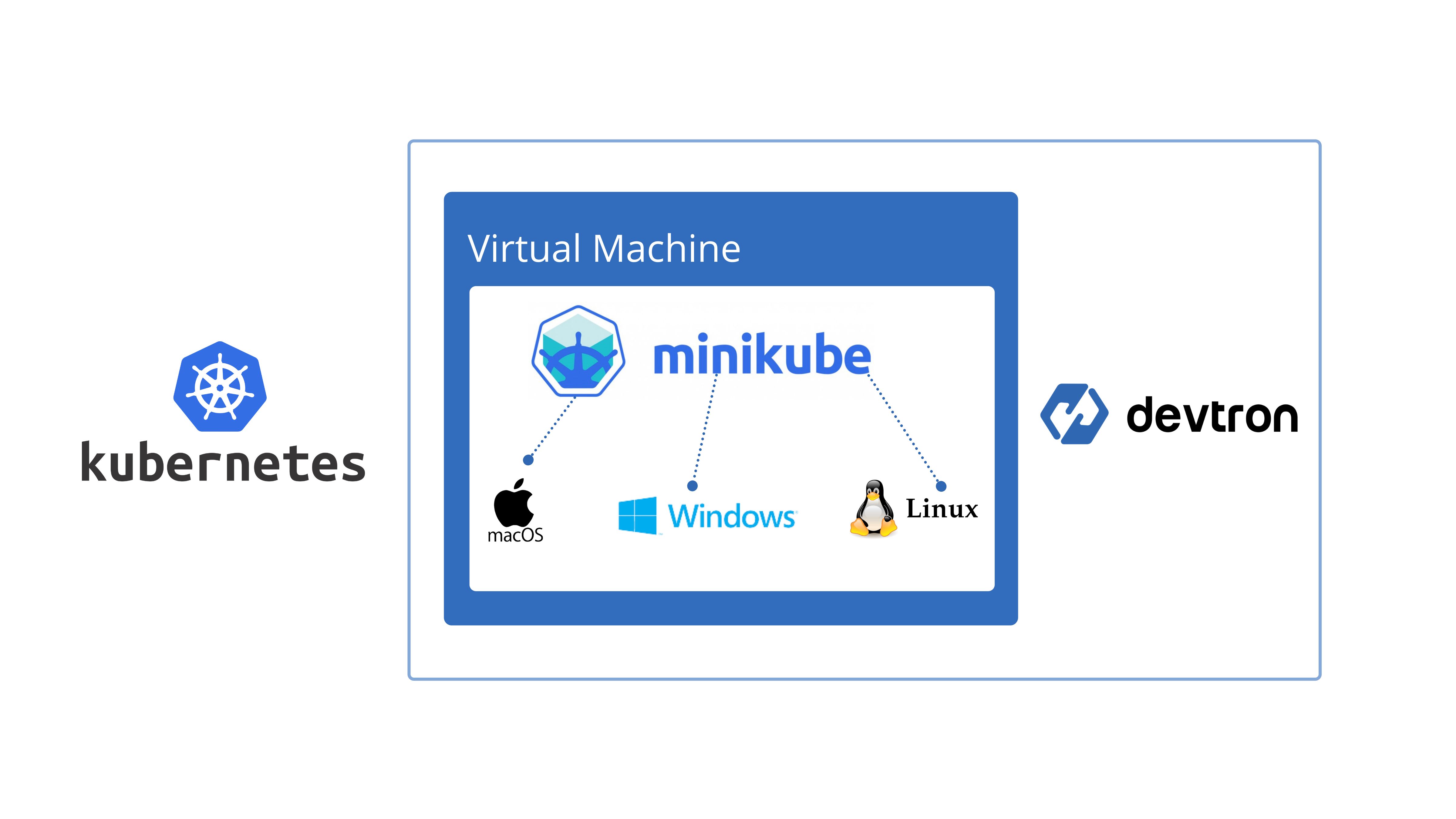 The blog includes steps to install & setup minikube and devtron - an opensource software delivery workflow for kubernetes in minikube cluster.
The blog includes steps to install & setup minikube and devtron - an opensource software delivery workflow for kubernetes in minikube cluster.
51. Eliminate Friction in App Delivery to Kubernetes
 The last two decades have seen a sea change in the way software is written and delivered. Waterfall to iterative to agile, native to hybrid to responsive interfaces, monoliths to microservices, installed to pay-as-you-go SaaS, data centers to private and hybrid clouds, and virtual machines to containers. As the market constantly evolves, enterprises are facing a ton of choices with increasing complexity.
The last two decades have seen a sea change in the way software is written and delivered. Waterfall to iterative to agile, native to hybrid to responsive interfaces, monoliths to microservices, installed to pay-as-you-go SaaS, data centers to private and hybrid clouds, and virtual machines to containers. As the market constantly evolves, enterprises are facing a ton of choices with increasing complexity.
52. Security Best Practices for Kubernetes: 2020 Edition
 The New Cloud-Native World of Containers
The New Cloud-Native World of Containers
53. Reducing Kubernetes Costs
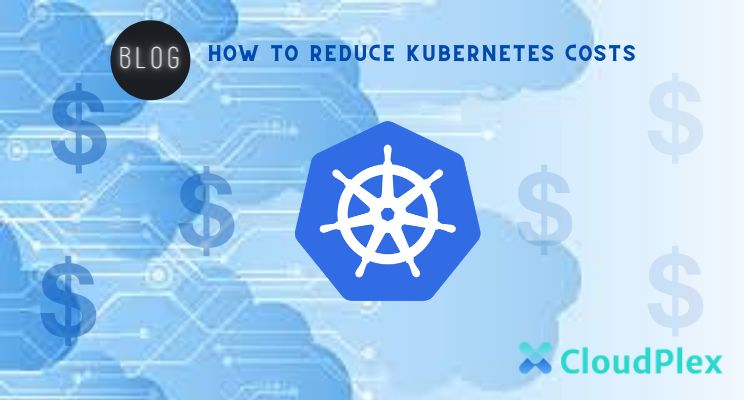 Kubernetes has become the de-facto choice for most users and one aspect that any Kubernetes administrator must look into is managing Kubernetes costs.
Kubernetes has become the de-facto choice for most users and one aspect that any Kubernetes administrator must look into is managing Kubernetes costs.
54. Meet kubectl cost: A Tool For Determining Kubernetes Workloads Cost
 Kubectl cost is an open source kubectl plugin designed for those who interact regulary with Kubernetes and need to control the costs of their infrastructure.
Kubectl cost is an open source kubectl plugin designed for those who interact regulary with Kubernetes and need to control the costs of their infrastructure.
55. Kubernetes Explained Simply: Label it to Enable it [Part 6]
 The building block of almost all Kubernetes deployments is the pod – one or more containers sharing a network stack. Pods are where the magic happens, where we get our logs, and where we spend most of our time troubleshooting outages and malfunctions.
The building block of almost all Kubernetes deployments is the pod – one or more containers sharing a network stack. Pods are where the magic happens, where we get our logs, and where we spend most of our time troubleshooting outages and malfunctions.
56. A Guide to Kubernetes Autoscaling Tools with Linode Kubernetes Engine
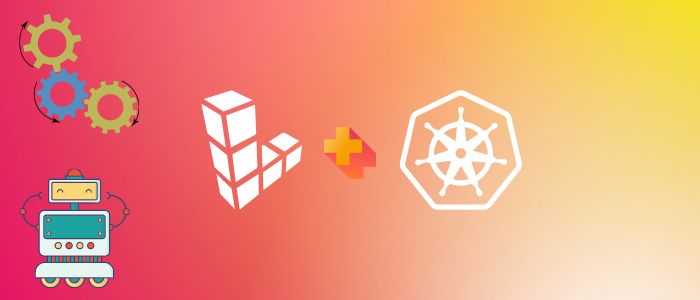 Learn to use key Kubernetes autoscalers with short examples
Learn to use key Kubernetes autoscalers with short examples
57. Managing Collectors on K8 – Why We Chose the OpenTelemetry Collector for Odigos
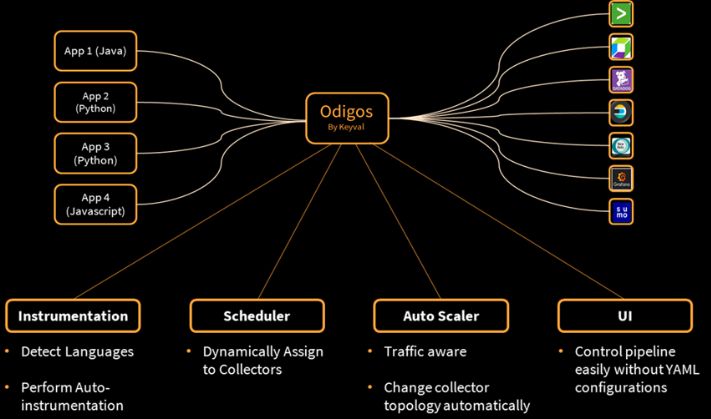 Without proper implementation and continuous configuration of your collectors, observability tools will be limited at best at best and many times ineffectual.
Without proper implementation and continuous configuration of your collectors, observability tools will be limited at best at best and many times ineffectual.
58. Why Kubernetes Is The Best Technology For Running A Cloud-Native Database
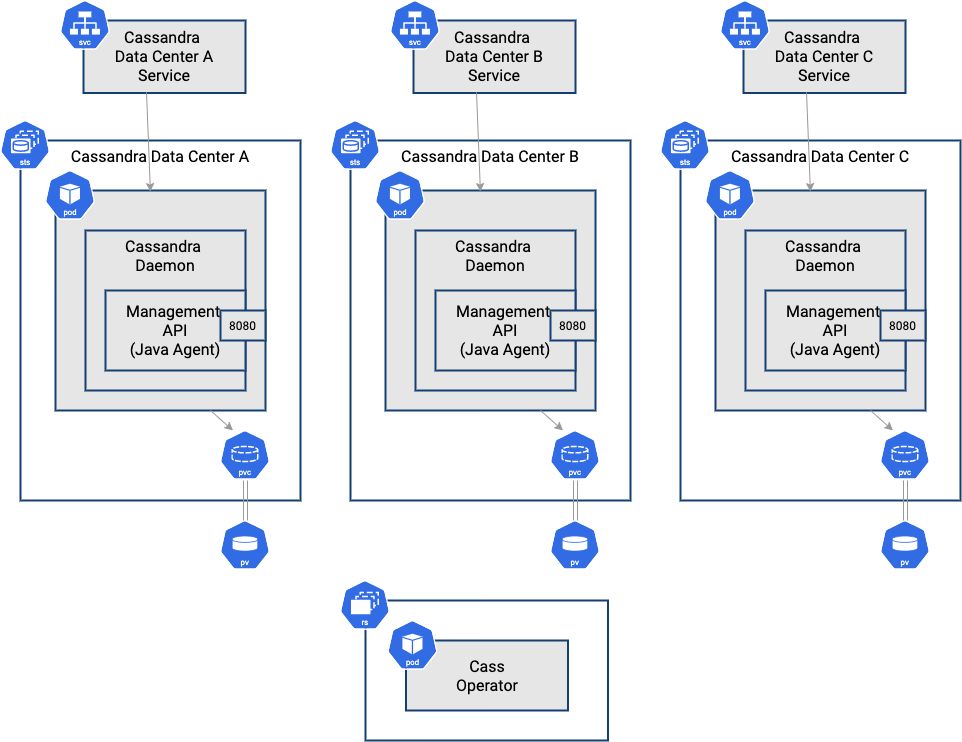 We’ve been talking about migrating workloads to the cloud for a long time, but a look at the application portfolios of many IT organizations demonstrates that there’s still a lot of work to be done. In many cases, challenges with persisting and moving data in clouds continue to be the key limiting factor slowing cloud adoption, despite the fact that databases in the cloud have been available for years.
We’ve been talking about migrating workloads to the cloud for a long time, but a look at the application portfolios of many IT organizations demonstrates that there’s still a lot of work to be done. In many cases, challenges with persisting and moving data in clouds continue to be the key limiting factor slowing cloud adoption, despite the fact that databases in the cloud have been available for years.
59. Why Tinder, AirBnB, and Pokemon Go All Use Kubernetes
 Why IT executives should consider using Kubernetes in 2021 and what is its real value for business? Find real-world use cases and expert advice on adoption.
Why IT executives should consider using Kubernetes in 2021 and what is its real value for business? Find real-world use cases and expert advice on adoption.
60. How To Build CI/CD Pipelines Behind Your Firewall Using Codefresh Runner

61. A Brief Overview of Kubernetes Architecture
 Here, we talk about the various components within a Kubernetes architecture. Read further to know more!
Here, we talk about the various components within a Kubernetes architecture. Read further to know more!
62. Top Kubernetes Consulting Service Providers: 2021 Edition
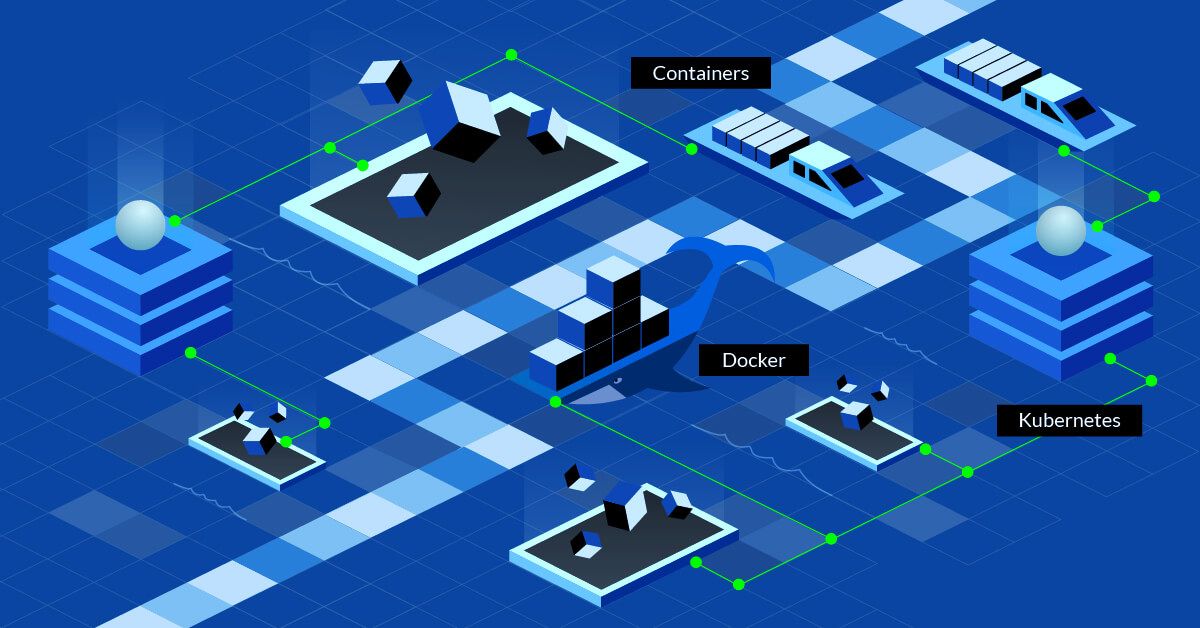 Kubernetes opens up the potential for better application management and deployment automation.
Kubernetes opens up the potential for better application management and deployment automation.
63. Kubernetes Scheduler: Explained in Plain English with Comics
 In Kubernetes pod is the smallest deployable unit of workload. So the obvious question :
In Kubernetes pod is the smallest deployable unit of workload. So the obvious question :
64. The Essential Guide to Pod Eviction On Kubernetes

65. Running Linux Applications as Unikernels with K8S
 If you've read some of my prior articles you might've thought I'd never write this one huh? :) Well here goes.
If you've read some of my prior articles you might've thought I'd never write this one huh? :) Well here goes.
66. What Is a Container And How To Use It

67. Kubernetes Explained Simply: #2 Kubectl Hack (List Running Images)

68. The #1 Reason Jenkins Fails
 Jenkins down? Pipelines broken? Hackers making off with your data? It often stems from one fatal flaw. While Jenkins has been both loved and hated for being DevOps duct tape, every user knows there are plenty of issues to deal with. Over the past three years, as part of my work at Codefresh I’ve been helping teams migrate from Jenkins and I’ve seen all of these issues over and over again. The biggest issue may surprise you because it creates a cascade effect.
Jenkins down? Pipelines broken? Hackers making off with your data? It often stems from one fatal flaw. While Jenkins has been both loved and hated for being DevOps duct tape, every user knows there are plenty of issues to deal with. Over the past three years, as part of my work at Codefresh I’ve been helping teams migrate from Jenkins and I’ve seen all of these issues over and over again. The biggest issue may surprise you because it creates a cascade effect.
69. Things to Keep in Mind to Successfully Deploy Kubernetes in Production
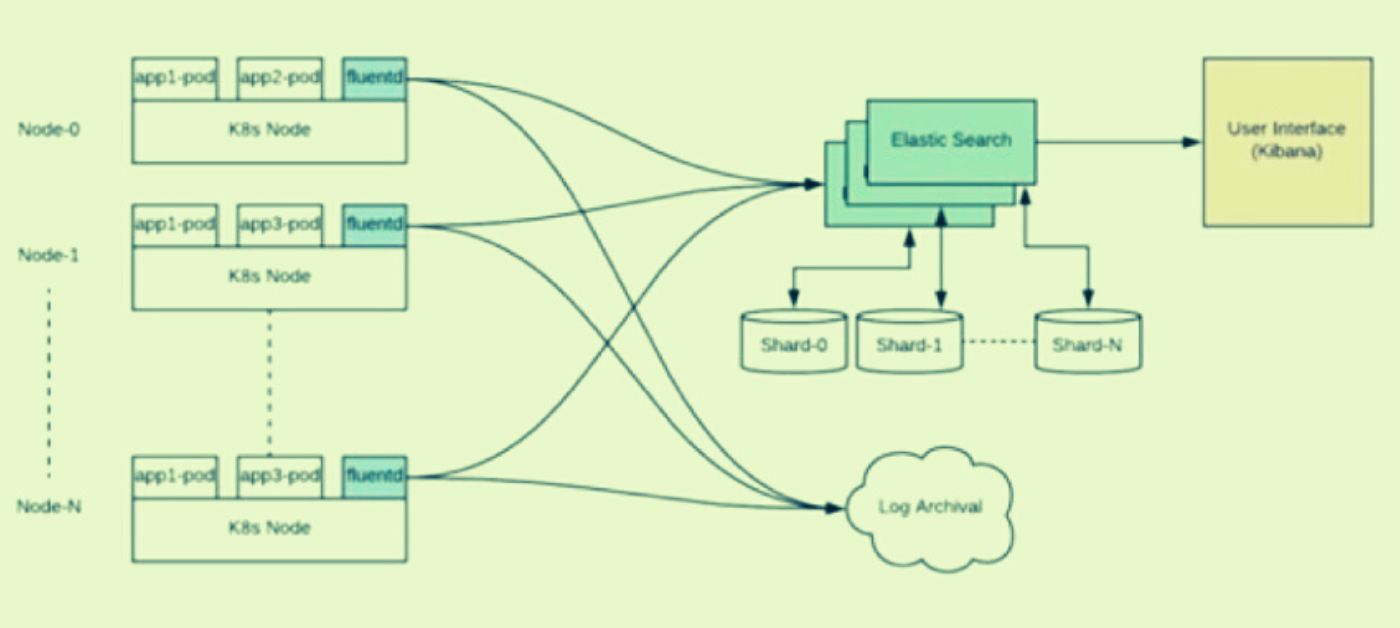 This blog covers additional factors you should take care of to successfully deploy Kubernetes cluster in production alongwith choosing a managed cloud. Read on.
This blog covers additional factors you should take care of to successfully deploy Kubernetes cluster in production alongwith choosing a managed cloud. Read on.
70. Connecting Dots: Go, Docker and k8s [Part 1]
 In this post my plan is to create open tcp port scanning tool, use GO and worker pool to make it very fast. Expose it via REST resource, containerise and deploy
In this post my plan is to create open tcp port scanning tool, use GO and worker pool to make it very fast. Expose it via REST resource, containerise and deploy
71. Solid Tips on How to Manage and Monitor Chaos via Litmus Custom Resources
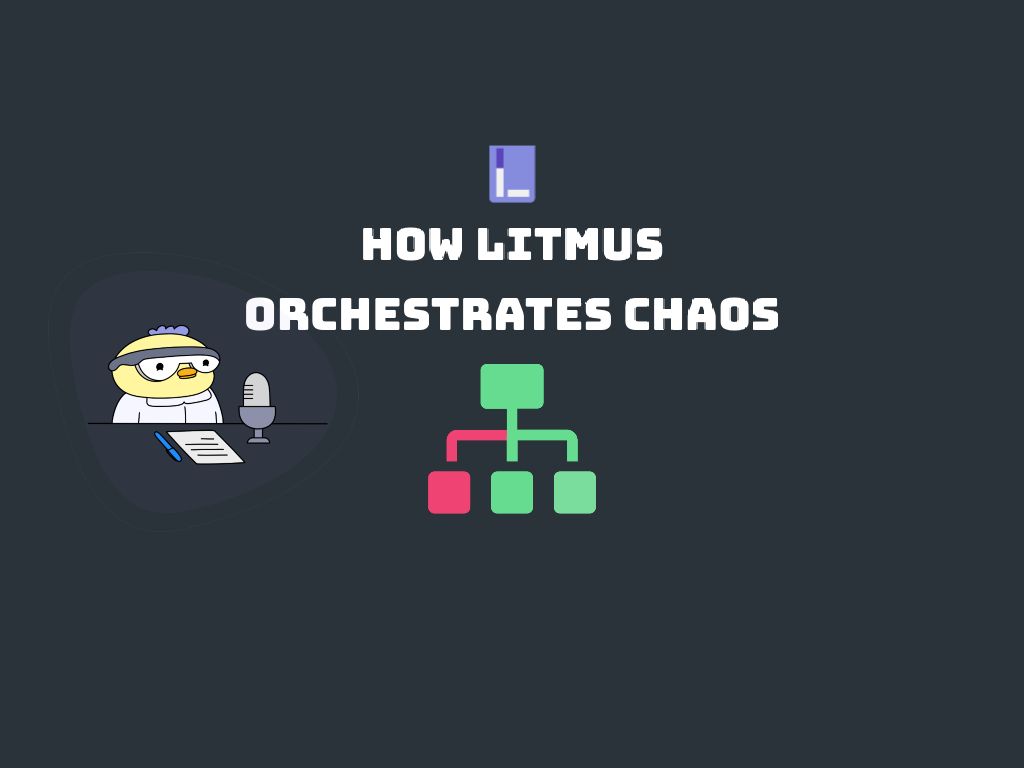 Litmus is a Cross-Cloud Chaos Orchestration framework for practising chaos engineering in cloud-native environments. Learn how chaos is orchestrated with Litmus
Litmus is a Cross-Cloud Chaos Orchestration framework for practising chaos engineering in cloud-native environments. Learn how chaos is orchestrated with Litmus
72. How Namespace and Terraform Can Manage Kubernetes Environments

73. How to Deploy ML Workflows on LKE with Kubeflow
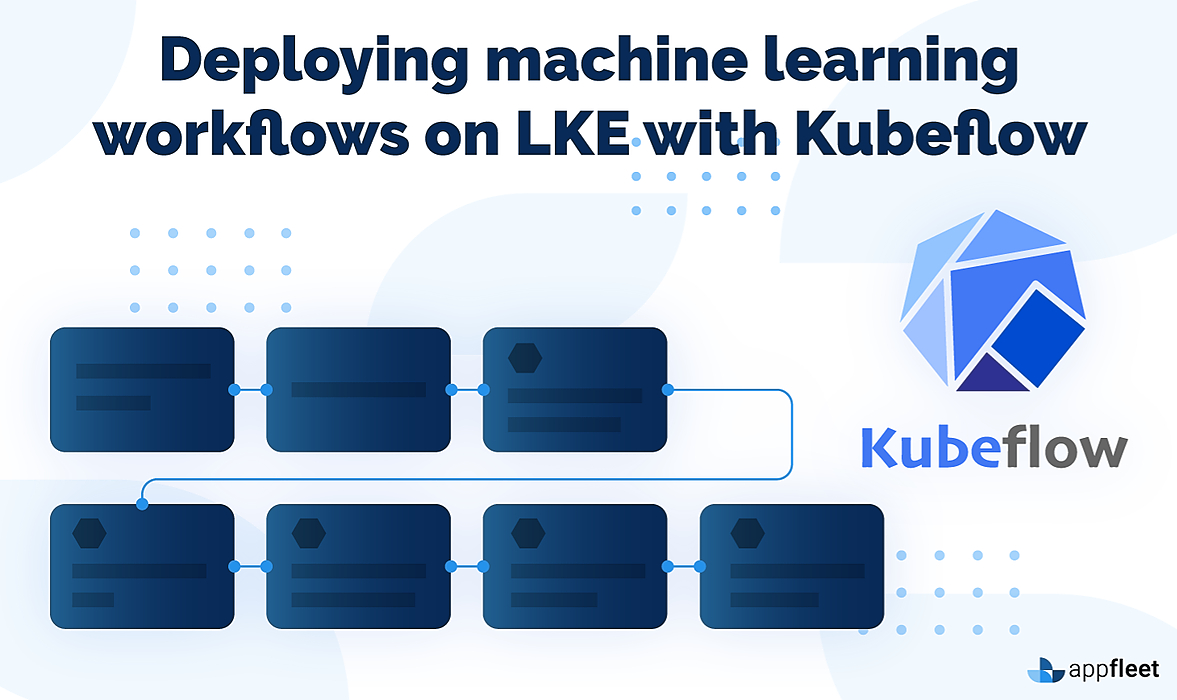 Introduction
Introduction
74. Your Serverless Guide is Ready
 Learn everything you need to know about Serverless, including case studies, essential concepts, guidelines, and best practices.
Learn everything you need to know about Serverless, including case studies, essential concepts, guidelines, and best practices.
75. How to Build Your Own Observability Platform on Kubernettes
 End-to-end full observability using Odigos and other back-end observability tools.
End-to-end full observability using Odigos and other back-end observability tools.
76. How To Run Docker Linux Containers Natively on Windows
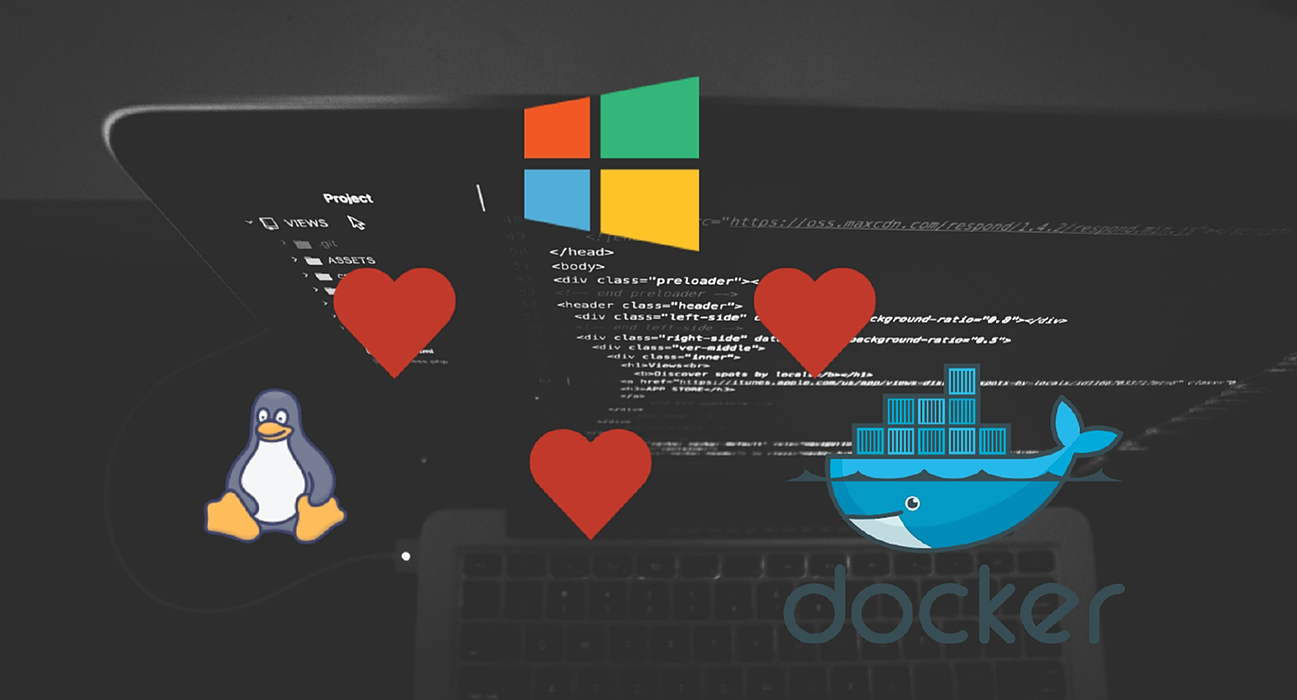 With Docker Desktop running on WSL 2, users can leverage Linux workspaces and avoid having to maintain both Linux and Windows build scripts.
With Docker Desktop running on WSL 2, users can leverage Linux workspaces and avoid having to maintain both Linux and Windows build scripts.
How is it different?
77. How to Pass the Certified Kubernetes Administrator Exam in 7 Days
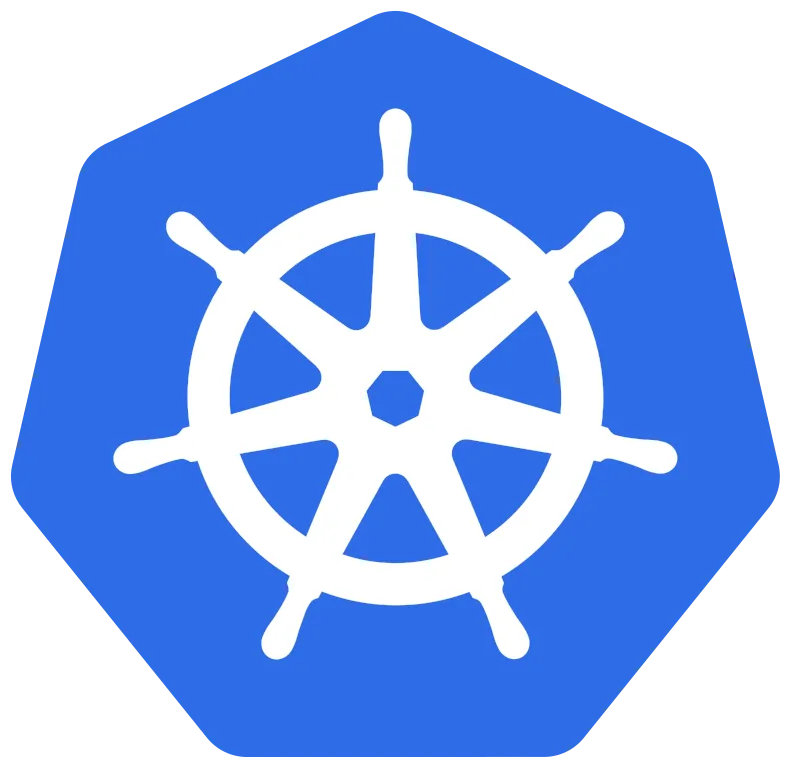
78. The 5 Best Kubernetes Alternatives
 Kubernetes is not the only player in the market, there are different Kubernetes competitors and Kubernetes alternatives.
Kubernetes is not the only player in the market, there are different Kubernetes competitors and Kubernetes alternatives.
79. Accessing Kubernetes Using Expose API and User Interface Using Sidecar Pattern
 Kubernetes is an open-source container-orchestration system for automating application deployment, scaling, and management.
Kubernetes is an open-source container-orchestration system for automating application deployment, scaling, and management.
80. Never Worry About Cloud-Native Tech Security Again

81. Murre - the lightweight K8s metrics monitoring tool

82. Using Codeship to Deploy a Dotnet app on Oracle Kubernetes

83. Viewing K8S Cluster Security from the Perspective of Attackers (Part 1)
 Based on previous penetration testing experience, we have sorted out the possible security issues under the K8S cluster architecture.
Based on previous penetration testing experience, we have sorted out the possible security issues under the K8S cluster architecture.
84. Kubernetes Tutorial: Merge all the Kubeconfigs! [Part 7]
 Once you start managing more than one Kubernetes cluster, you'll start to demand more from your $KUBECONFIG.
Once you start managing more than one Kubernetes cluster, you'll start to demand more from your $KUBECONFIG.
85. Platforms on k8s with Golang - Watch any CRD

86. How To Deploy Firecracker MicroVMs using Weave FireKube

87. A Quick Guide to Writing YAML for Kubernettes
 YAML is a human-friendly, data serialization standard. It also has various applications in Kubernetes.
YAML is a human-friendly, data serialization standard. It also has various applications in Kubernetes.
88. How To Use Brigade Tool For Event-Driven Scripting

89. Kubernetes Resource Quotas
 Those who work with kubernetes often encounter resource quotas, such as cpu, memory, but few people know that these are not all quotas and what their mechanism is built on.
Those who work with kubernetes often encounter resource quotas, such as cpu, memory, but few people know that these are not all quotas and what their mechanism is built on.
90. KubeMQ Secrets To Build A Great Kubernetes-based Solution In A Hybrid Environment
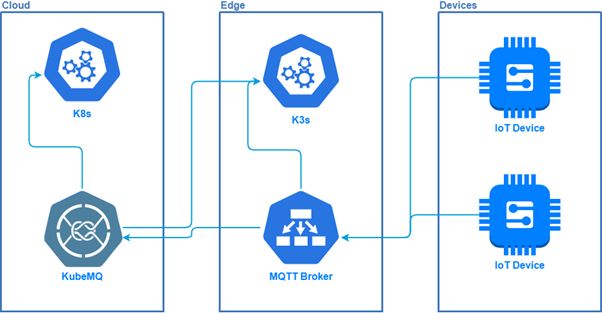 A messaging platform that was purposefully built utilizing Kubernetes is a crucial component to successful deployments in hybrid and edge environments.
A messaging platform that was purposefully built utilizing Kubernetes is a crucial component to successful deployments in hybrid and edge environments.
91. How To Run Cloud-Native Performance Benchmarks with Kubestone

92. Tips and Tricks to Pass Certified Kubernetes Application (CKA) Exam
 Certified Kubernetes Administrator: What you need to know to pass the CKA exam? Useful tips to pass the Certified Kubernetes Administrator exam.
Certified Kubernetes Administrator: What you need to know to pass the CKA exam? Useful tips to pass the Certified Kubernetes Administrator exam.
93. 6 Tips on How to Choose a Proper VM and Save on Your Cloud Costs
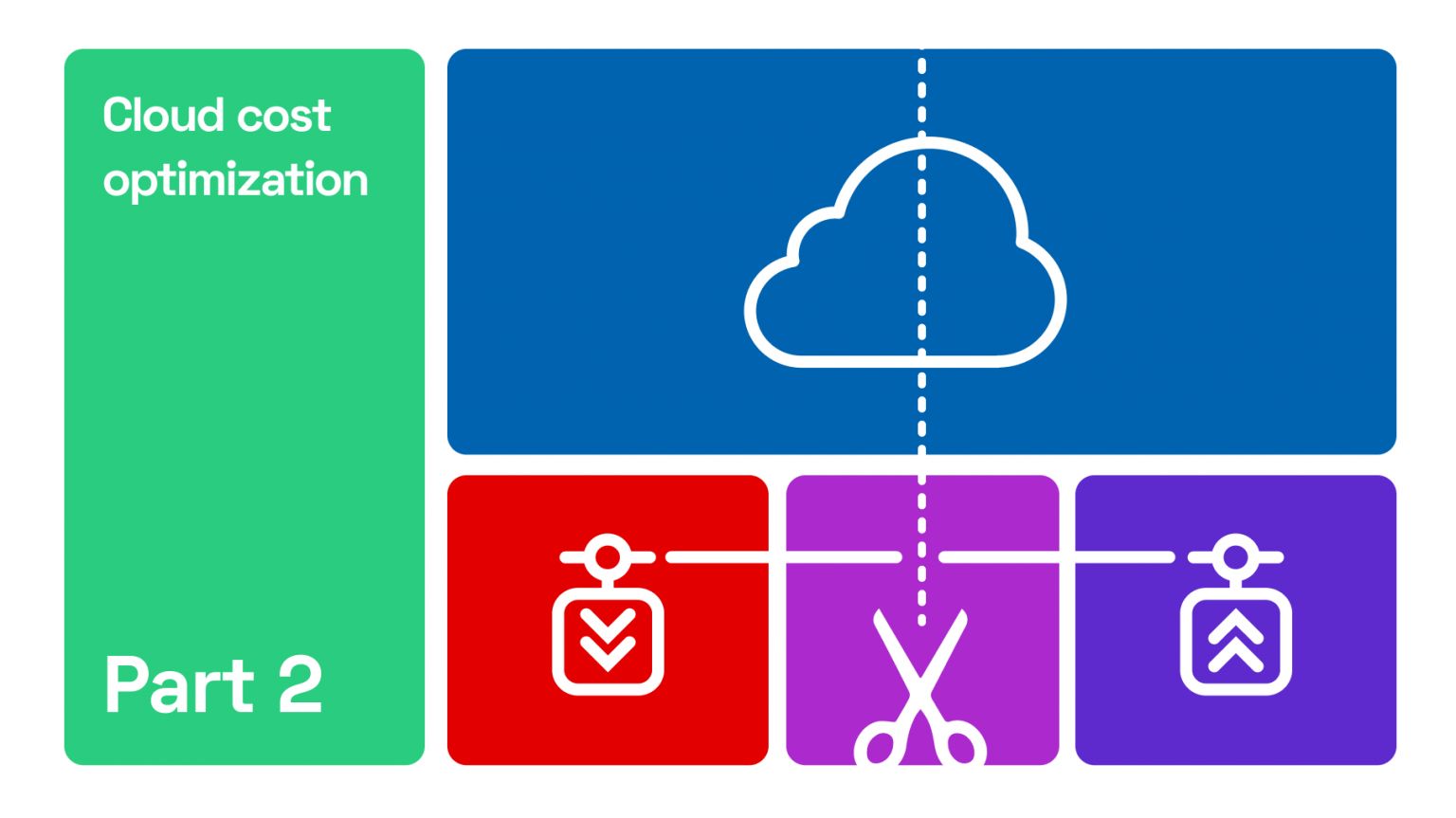 Did you know that 90% of applications have 5x more resources than they actually need?
Did you know that 90% of applications have 5x more resources than they actually need?
94. How to Set Up Jenkins on Kubernetes
 This guide will walk you through the process of setting up Jenkins on Kubernetes. Jenkins is a widely-used open source CI server that provides hundreds of plugins to support building, deploying and automating your projects.
This guide will walk you through the process of setting up Jenkins on Kubernetes. Jenkins is a widely-used open source CI server that provides hundreds of plugins to support building, deploying and automating your projects.
95. Doing First Steps with the Kubernetes Operator
 This article demonstrates how you can use the Operator Lifecycle Manager to deploy a Kubernetes Operator to your cluster. Then, you will use the Operator to spin up an Elastic Cloud on Kubernetes (ECK) cluster.
This article demonstrates how you can use the Operator Lifecycle Manager to deploy a Kubernetes Operator to your cluster. Then, you will use the Operator to spin up an Elastic Cloud on Kubernetes (ECK) cluster.
96. How To Create a CD pipeline with Kubernetes, Ansible, and Jenkins
 What does CI/CD try to solve?
What does CI/CD try to solve?
97. The HackerNoon Podcast: Managing Databases on Kubernetes with Anil Kumar
 Amy Tom talks to Anil Kumar, the Product Manager at Couchbase, about becoming a Product Manager, writing his book, and creating a multi-cloud strategy.
Amy Tom talks to Anil Kumar, the Product Manager at Couchbase, about becoming a Product Manager, writing his book, and creating a multi-cloud strategy.
98. Using Spinnaker with Kubernetes for CI/CD

99. Anthos on Bare Metal: How to Manage a Private Cluster From the Cloud
 The millions of devices that currently make up the Internet of Things (IoT) reside not in the cloud but on-premises: from retail stores to factory floors.
The millions of devices that currently make up the Internet of Things (IoT) reside not in the cloud but on-premises: from retail stores to factory floors.
100. How To Use Prometheus Adapter to Autoscale Custom Metrics Deployments

101. The Essential Guide to Kubernetes Virtual Clusters
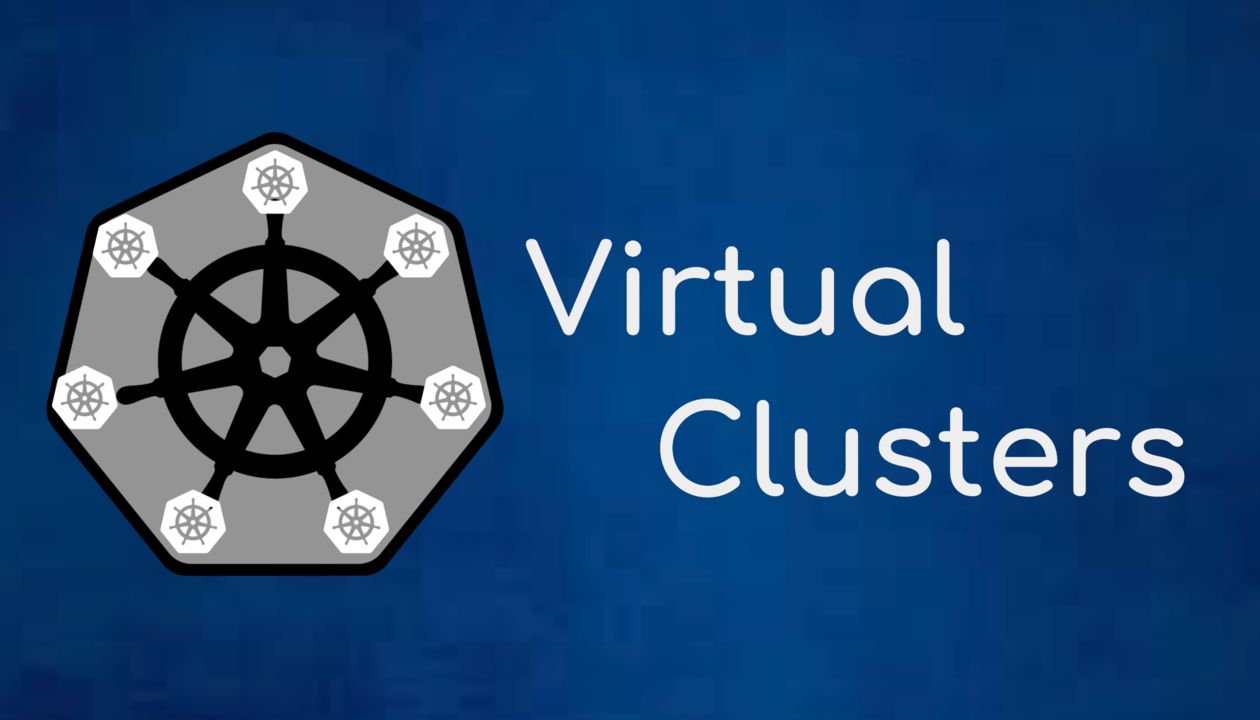 Virtual clusters are Kubernetes clusters that run on top of other Kubernetes clusters and don't need any extra resources
Virtual clusters are Kubernetes clusters that run on top of other Kubernetes clusters and don't need any extra resources
102. How To Make The Kubernetes Operator Rock: Basic Principles

103. The Apprentice's Guide to Kubernetes
 Let's dig into Kubernetes, a powerful orchestrator that will ease deployment and automatically manage your applications on a set of machines.
Let's dig into Kubernetes, a powerful orchestrator that will ease deployment and automatically manage your applications on a set of machines.
104. Kubernetes Monitoring with Prometheus and Thanos

105. How to Configure And Monitor Apache Spark on Kubernetes
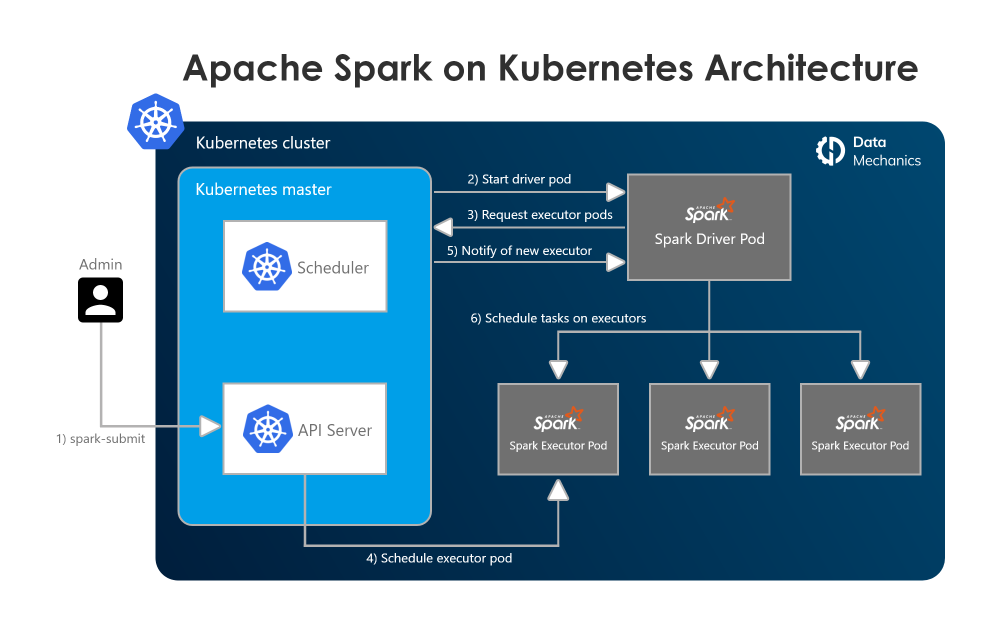
Thank you for checking out the 105 most read stories about K8s on HackerNoon.
Visit the /Learn Repo to find the most read stories about any technology.

